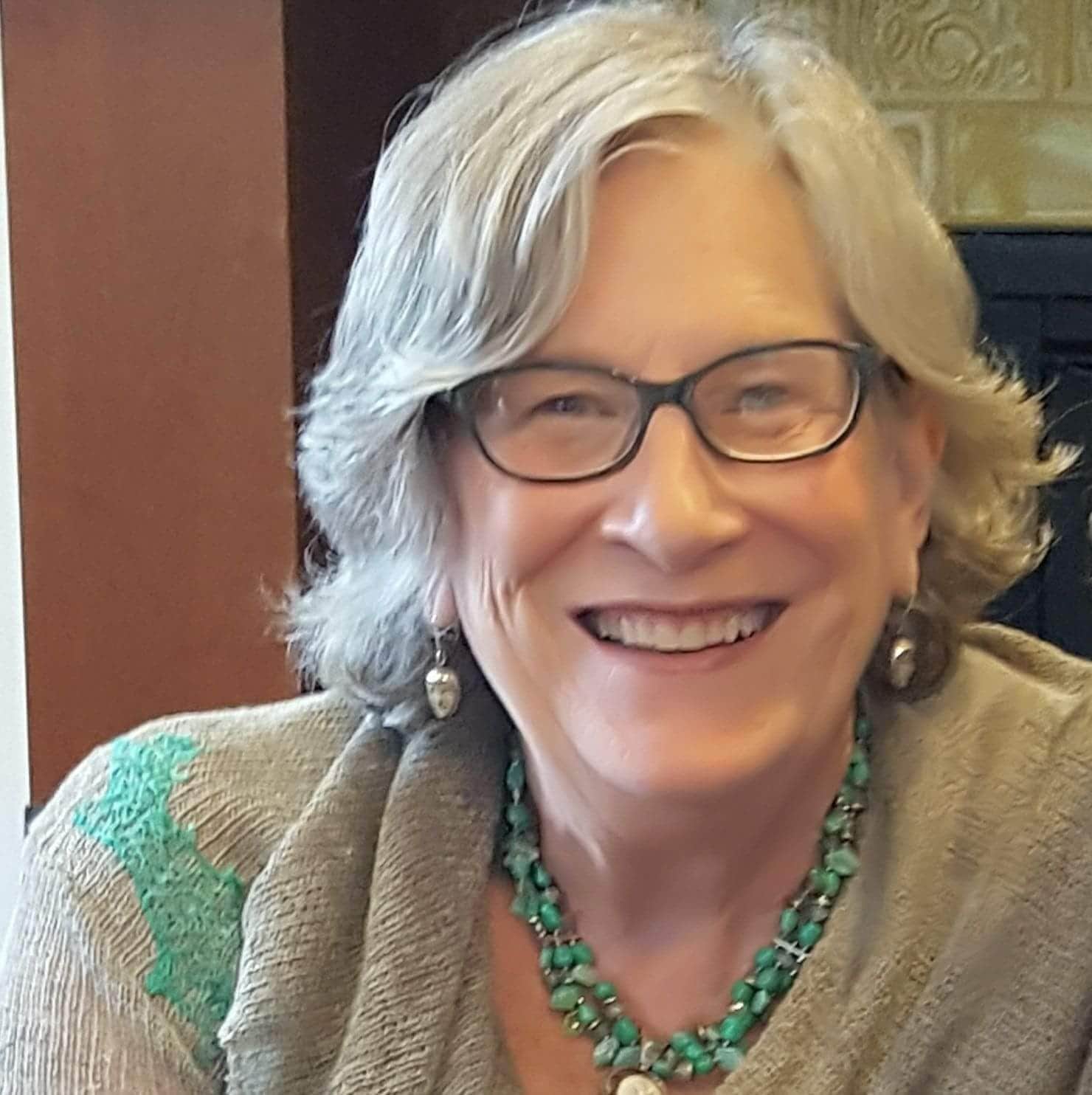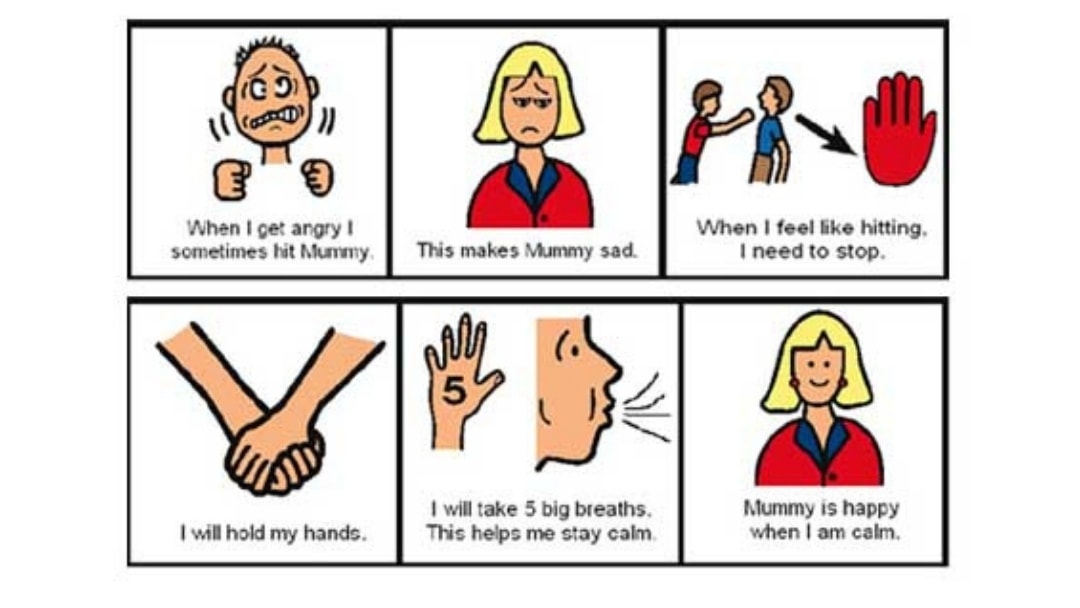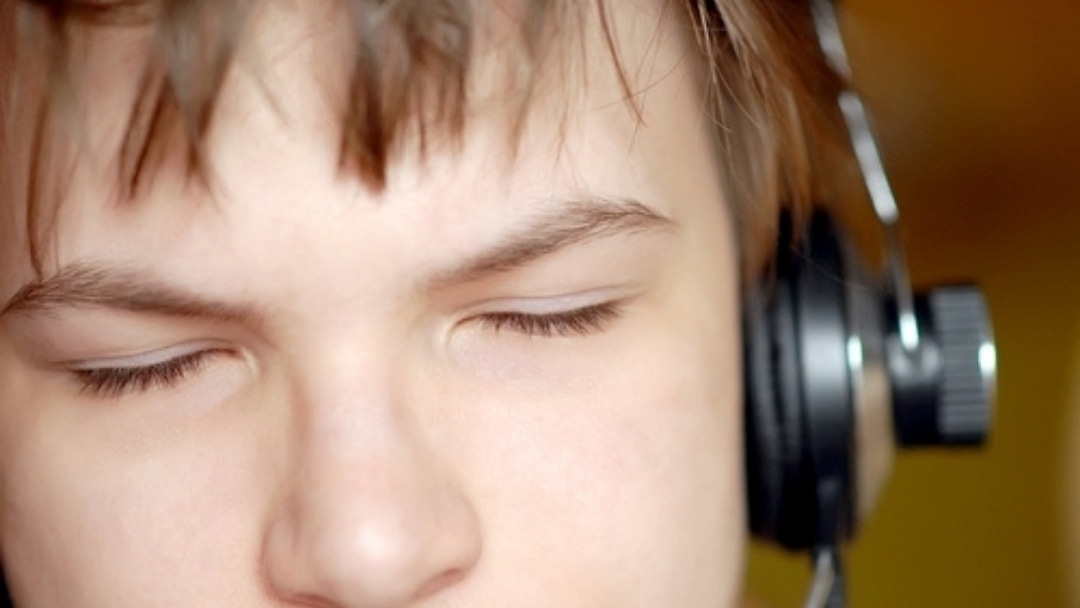In this blog post, Patty Lemer explains how a child develops listening skills and how listening is different from hearing.
In her book, Listening with the Whole Body, Sheila Frick asserts that listening is active, voluntary, dynamic and continually adapting. Hearing and eyesight are passive; listening skills and vision are active. They require the brain to act upon, perceive, interpret and store information. They are cognitive functions that distinguish human beings.
Although I have lectured and written widely about vision, I have only recently become interested in the dynamics of listening. I am fortunate, however, to have had key professionals in the field of listening share their perspective. I am indebted to Valerie DeJean at the Spectrum Center as well as Sabra Gelfond Ingall and Sally Brockett for introducing us to Dr. Stephen Edelson, President of the Society for Auditory Integration (SAIT).
Listening Develops
It all starts with vibration. The ear of the unborn child responds to heartbeat, respiration, and visceral noises, and most importantly to the mother’s voice. These reactions are crucial to mother-child bonding, and to later development of speech and language. A two month old embryo has everything necessary for full vestibular function. By five months after conception, the fetus can actually process sound, which stimulates muscle tone, balance and equilibrium.
Children with auditory problems, exacerbated by chronic ear infections, need remediation listening to music and participating in auditory therapies can be life-changing.
Listening Requires a Model
Rhythms and intonations in the womb lay the foundation for listening. A child speaks the “mother tongue” by retaining the ability to hear and form sounds he/she hears, and dropping out those that are missing. Later listening depends not only on the energizing effect of touch, movement and sound, but on modeling, as well.
Maybe many children today are poor listeners because we are “double-tasking” adults, who lack an “in box” for their queries. Children perceive us as not listening and then model that behavior.
Listening and Vision Are a Team
Since sound does not arrive at the two ears simultaneously, the time interval difference contributes to our perception about spatial relationships. Gradually, appreciation of visual and auditory space coincides.
Good listeners can relate vivid images in their mind’s eye… a Technicolor movie for many. Poor listeners have blank screens. Expert listeners communicate involvement with the speaker through gesture, facial expression and affect, as well as voice.
Listening Without Vision Is Challenging
Visuals are absent on the telephone, so the listener must depend on voice, intonation and cadence to enhance understanding. Have you ever tried having a phone conversation with someone who is emptying the dishwasher, answering e-mail, or playing a computer game? These distractions interfere with good listening, which requires quiet both internally and externally.
Listening Is a Gift
The effort and attention we give to enhancing our listening is an invaluable gift to ourselves and our children. Carla Hannaford in Awakening the Child Heart points out that the literal translation of the Chinese symbol for listening is “use the heart to listen.”
Kay Lindahl’s beautiful book, illustrated by Amy Schnapper, details many aspects of listening. Founder of The Listening Center in California, she provides the following guidelines:
- Listen without judgment. The purpose of dialogue is to understand, not judge right or wrong, good or bad. When you judge, you are conversing with yourself, not another.
- Listen for understanding. You don’t have to agree or believe… just understand.
- Ask clarifying questions. These assist understanding.
- Suspend assumptions. You know you are making an assumption if you are annoyed or upset. Let it be. Resume trying to understand.
- Make “I” statements. Speak for yourself, not “everyone.” Take ownership of what you say.
- Suspend status. All are equal in the dialogue process: no seniority or hierarchy.
- Honor confidentiality. Create a safe space for self-expression.
- Speak one at a time. When two people are talking at once, neither is listening.
- Respect silence. Take time to reflect on what you heard and how you want to respond.
Listening Takes Practice
Practice being present in every conversation. See Resources below for more information.
About Patricia S. Lemer LPC MEd
Patricia S. Lemer is a licensed professional counselor, holding a Masters of Education in counseling and learning disabilities from Boston College and a Masters in Business from Johns Hopkins University. She practiced as an educational diagnostician for over 40 years.
She was a co-founder and served as Executive Director of the international non-profit organization Developmental Delay Resources (DDR). After DDR merged with Epidemic Answers, she became Chairman of the Board. When she retired from the board, she became an emeritus board member.

She is the author of three books, the most recent of which is Outsmarting Autism, Updated and Expanded: Build Healthy Foundations for Communication, Socialization, and Behavior at All Ages (North Atlantic Books, 2019).
Lemer wrote over 50 editorials for "New Developments," the quarterly newsletter of Developmental Delay Resources (DDR), from 1995 - 2009. When DDR wound down, she wrote an online blog, "After the Diagnosis, Then What?" from 2009-2017. Her articles and blogs have been updated and archived on the Epidemic Answers website.
Since 2019, Patricia Lemer has recorded a bimonthly podcast, "The Autism Detective." In these hour-long shows, she interviews parents and professionals about their experiences in maximizing the potential of individuals on the autism spectrum. Over 100 episodes are available on Spotify and other online platforms. To learn more, go to PatriciaLemer.com and OutsmartingAutism.com
Still Looking for Answers?
Visit the Epidemic Answers Practitioner Directory to find a practitioner near you.
Join us inside our online membership community for parents, Healing Together, where you’ll find even more healing resources, expert guidance, and a community to support you every step of your child’s healing journey.
Resources
Books
Frick, Sheila. Listening with the Whole Body. Vital Links, 2001.
Getman, G.N. How to Develop Your Child’s Intelligence. Optometric Extension Program, 1993.
Hannaford, Carla. Awakening the Child Heart: Handbook for the Global Parenting. Jamilla Nur Pub, 2002.
Madoule, Paul. When Listening Comes Alive. Moulin Pub, 1993.




